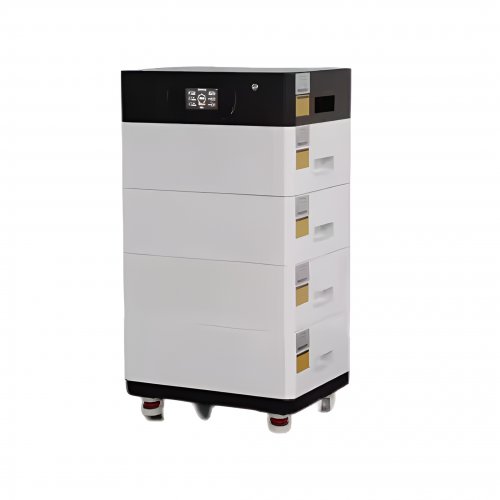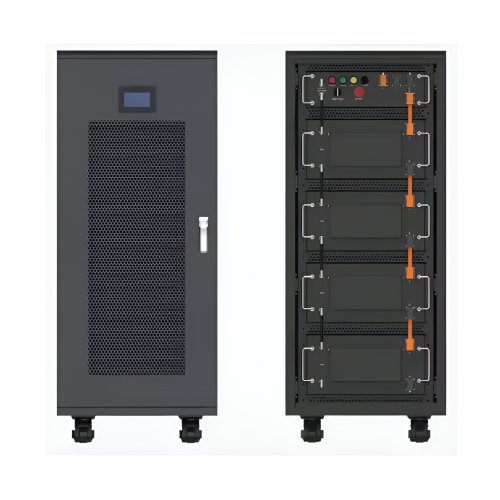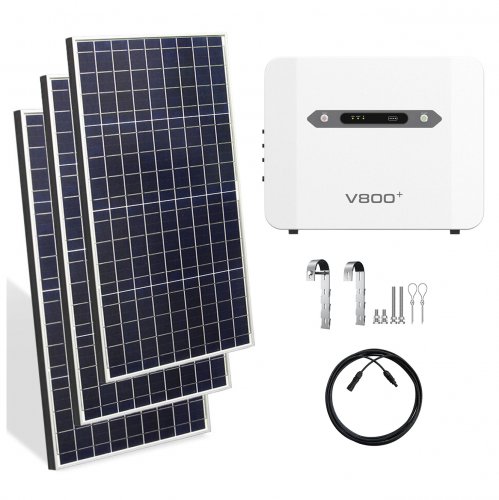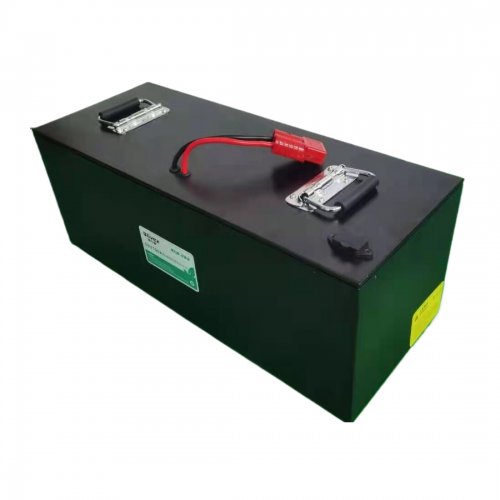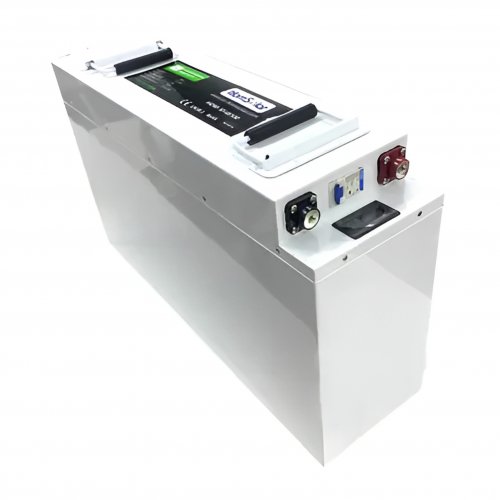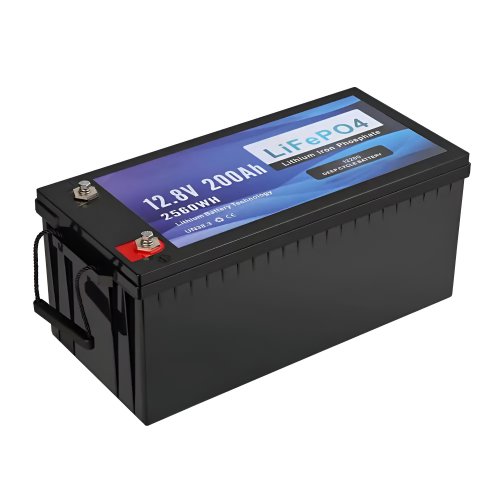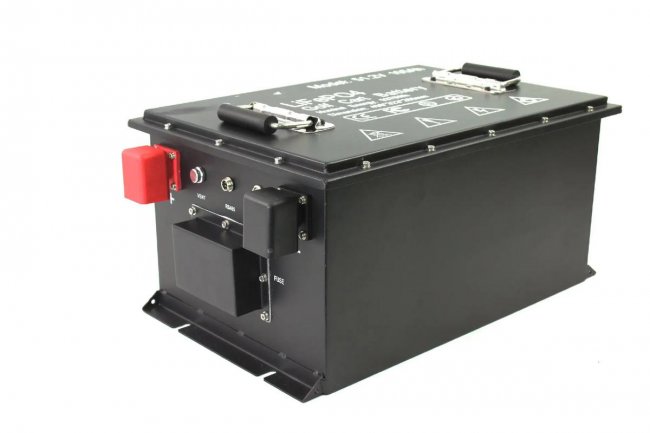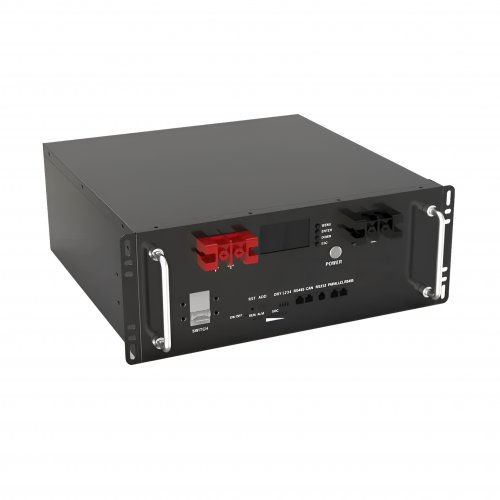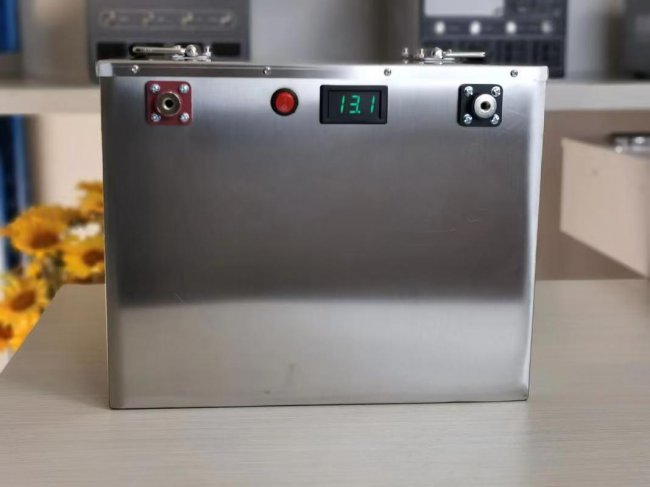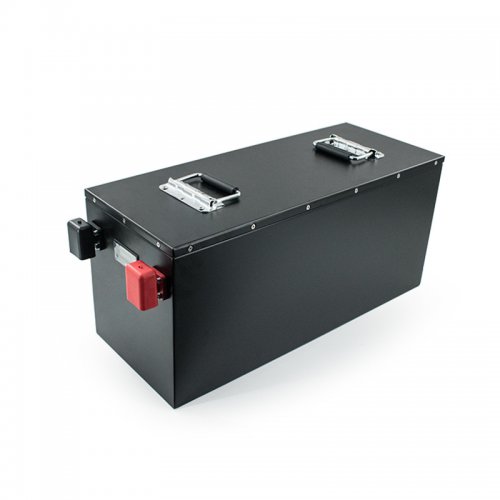The best hole transport layers for perovskite solar cells
An international team led by Helmholtz Institute Erlangen-Nürnberg for Renewable Energy (HI ERN), a branch of German research institute Forschungszentrum Jülich, has combined organic synthesis with predictive models to discover new functional materials in a closed-loop process. The so-called hybrid approach was applied to discovering material for hole transport layers in perovskite solar cells. It featured the use of a large molecular descriptor database based on experiments, machine learning (ML) and validation through further high-throughput experiments.
The team found that to be able to use machine learning and autonomous optimization algorithms requires not only a sufficiently large data volume but also data diversity. To address that challenge it began with a database of structural formulas of around one million virtual molecules that could be produced from commercially available substances.
Density functional theory (DFT) calculations and other computational tools were used and tailored to calculate a large set of possible hole transport materials (HTMs) for enhancing the performance of perovskite solar cells based on relevant structural features. “Then we synthesized about 100 initial materials and tested them in solar cells, which allowed us to train machine learning models to select two more batches of about 20 materials in order to maximize the solar cell device efficiency,” the research's corresponding author, Pascal Friederich, told pv magazine.
Molecules with differing characteristics were automatically produced at HI ERN with the help of a robotic system and used to manufacture otherwise identical solar cells, dopant-free HTMs in p-i-n structured perovskite solar cell devices. The results for the series of HTMs showed an initial power conversion efficiency exceeding 20% after Bayesian optimization, according to the paper. These materials reached an efficiency as high as 26.2% and a certified efficiency of 25.9%.
Furthermore, the devices maintained 80% of the initial performance for more than 1000 hours, which was attributed to the passivating properties of the new HTM, suppressing nonradiative recombination at the interface more effectively. “For model selection, we trained different ML models on a random 10-fold cross-validation of the 101 experimental molecular data points. Tested ML models included random forest regression, linear regression, neural networks, GP regression, and kernel-ridge regression. All simple models performed equally well,” noted the team.
“We were able to use the high throughput (HT) synthesis we developed for the wide range of molecules, and couple experimental and theoretical data to discover new hole-transport materials using Bayesian optimization. This is a promising research direction that uses machine learning to learn and understand, rather than just accelerating discovery,” Anastasia Barabash, research team member, told pv magazine, stressing that the trained ML models can be used to learn more about the underlying relationship between microscopic molecular properties and macroscopic device performance.
Research first author, Jianchang Wu, told pv magazine that one of the challenges of the study was to purifiy hundreds of molecules consistently, maintaining reproducibility from batch to batch, as well as keeping uniform conditions of the “many environmental, crystallization, and process factors that can “substantially” affect the outcome. Such models can be further explored as autonomous workflows “to identify and predict further novel molecules” tailored for a variety of applications, noted the group, adding that it could also be used to predict perovskite device performance of new molecular designs using design rules extracted and “elucidated from a fully trained model.”
Looking ahead, the group said it will integrate material discovery and device optimization into a seamless, closed-loop process. “Achieving this will require a concerted effort in interdisciplinary research, combining insights from materials science, engineering, and advanced computational techniques to create a synergistic workflow,” it said.
The research work is described in the paper “Inverse design workflow discovers hole-transport materials tailored for perovskite solar cells,” recently published in Science.
The scientists participating in the study were from Helmholtz Institute Erlangen-Nürnberg for Renewable Energy (HI ERN), a branch of Forschungszentrum Jülich, Karlsruher Instituts für Technologie (KIT), Friedrich Alexander University Erlangen Nürnberg (FAU), Ulsan National Institute of Science in South Korea, in China, University of Groningen, in Netherlands, as well Xiamen University and the University of Electronic Science and Technology, both based in China.
Customized/OEM/ODM Service
HomSolar Supports Lifepo4 battery pack customization/OEM/ODM service, welcome to contact us and tell us your needs.


HomSolar: Your One-stop LiFePO4 Battery Pack & ESS Solution Manufacturer
Our line of LiFePO4 (LFP) batteries offer a solution to demanding applications that require a lighter weight, longer life, and higher capacity battery. Features include advanced battery management systems (BMS), Bluetooth® communication and active intelligent monitoring.

Customised Lithium Iron Phosphate Battery Casing
ABS plastic housing, aluminium housing, stainless steel housing and iron housing are available, and can also be designed and customised according to your needs.

HomSolar Smart BMS
Intelligent Battery Management System for HomSolar Energy Storage System. Bluetooth, temperature sensor, LCD display, CAN interface, UART interface also available.


Terminals & Plugs Can Be Customized
A wide range of terminals and plugs can be customised to suit the application needs of your battery products.

Well-designed Solutions for Energy Storage Systems
We will design the perfect energy storage system solution according to your needs, so that you can easily solve the specific industry applications of battery products.



About Our Battery Cells
Our energy storage system products use brand new grade A LiFePO4 cells with a battery lifespan of more than 4,000 charge/discharge cycles.



Applications in Different Industries
We supply customized & OEM battery pack, assemble cells with wiring, fuse and plastic cover, all the cell wires connected to PCB plug or built BMS.
Applications: E-bike, Electric Scooter, Golf Carts, RV, Electric Wheelchair, Electric Tools, Robot Cleaner, Robot Sweeper, Solar Energy Storage System, Emergency Light, Solar Power Light, Medical Equipment, UPS Backup Power Supply.
We can provide you with customized services. We have the ability to provide a vertical supply chain, from single cells to pack/module and to a complete power solution with BMS, etc.


HomSolar (Shenzhen) Technology Co., Ltd







